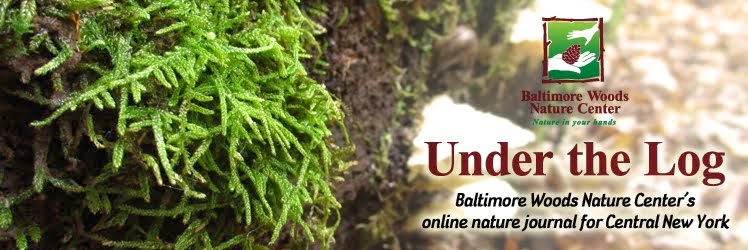- Skanellus is open
- Bluebirds are returning
- Car washes are open
- The smell of skunk is in the air
- Red-winged blackbirds are becoming more vocal
What is a sign of spring for you?

SAP. And plenty of it today. This is due to freeze-thaw cycle we've been having. Every sugarer knows that you need freezing nights and warm days for the sap to flow. A day like today is nice and sunny but boy was last night cold.
This process happens every year and every year I'm amazed by the physiology of trees, especially our maples.
As trees start losing their leaves in the fall, they don't need to keep carrying nutrients throughout the tree anymore so all the sap flows down and nutrients are stored in the roots over the winter. When temperatures start to rise in the spring, the sap rises as well. Just like a straw, the vascular tissue inside the tree sucks up the moisture from the soil from the melting soil.
When temperatures at night drop below freezing, it's like the tree gets squeezed and negative pressure is created inside the tree. The freezing temperatures cause everything to contract and when that happens, vacuums are created and those voids need to be filled. Again, think of using a straw. Then, when the sun comes up and the day gets warmer, the tree "expands", creating positive pressure that allows for the sap to flow out of the tree, through your tap, and into your bucket.
If you can't tell from the picture, our bucket is half full. That's pretty good for one night! Our next step is to boil. Here at The Woods we will be using this sap with the first graders in Nature in the City.
Blog post by Anna Leiss


